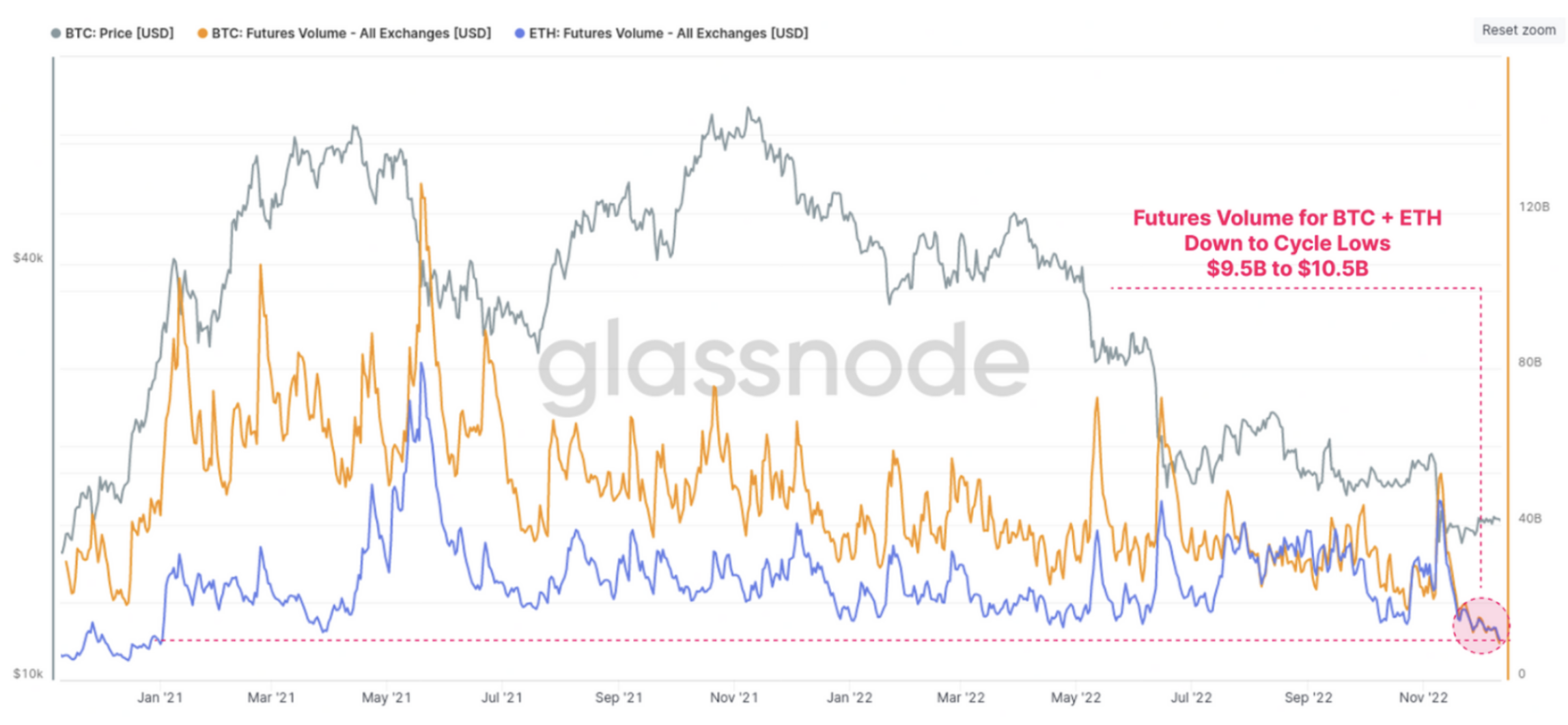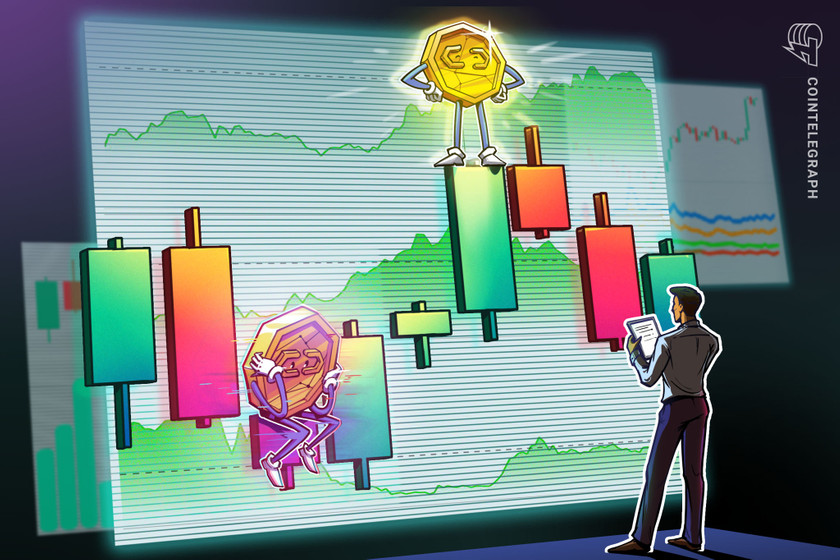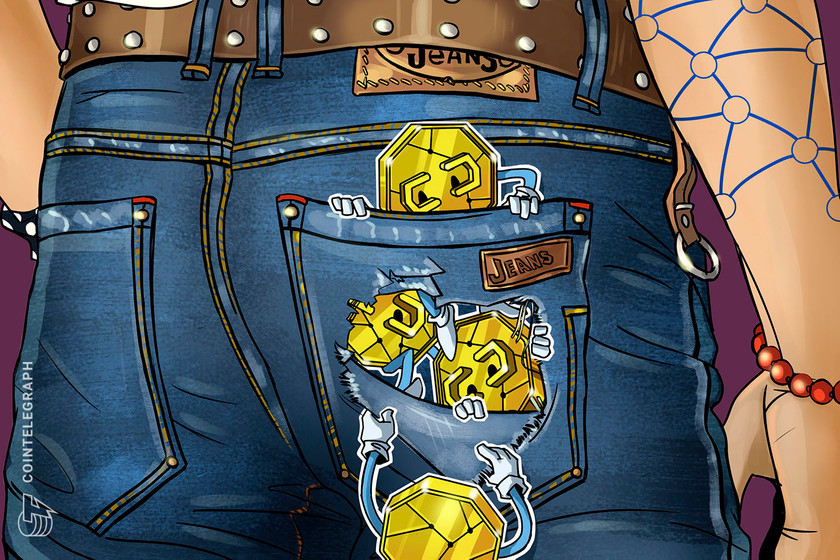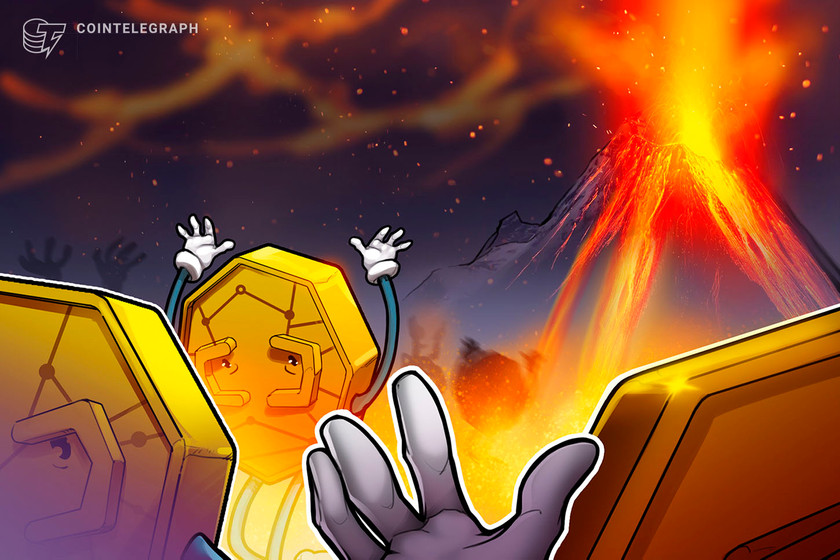AI altcoins are pumping — Is this the beginning of the next bull market? The Market Report


On this week’s episode of The Market Report, Cointelegraph’s resident experts discuss artificial intelligence altcoins, what they are, and whether they could lead us into the next bull market.
This week on The Market Report, the resident experts at Cointelegraph discuss what artificial intelligence (AI) altcoins are, what their potential benefits are, how they work, and whether they can be a catalyst for a 2023 bull market.
We start off this week’s show with the latest news in the markets:
BTC price 3-week highs greet US CPI — 5 things to know in Bitcoin this week
Bitcoin (BTC) starts a new week on a promising footing, with BTC price action near one-month highs — but can it last? The move precedes a conspicuous macroeconomic week for crypto markets, with the December 2022 Consumer Price Index (CPI) print due from the United States. Jerome Powell, chair of the Federal Reserve, will also deliver a speech on the economy, with inflation on everyone’s radar. Inside the crypto sphere, FTX contagion continues, with Digital Currency Group (DCG) at odds with institutional clients over its handling of solvency problems at subsidiary Genesis Trading. Our resident experts take a look at these factors and more as the second trading week of January gets underway.
Digital Currency Group under investigation by US authorities: Report
Crypto conglomerate Digital Currency Group, or DCG, is under investigation by the U.S. Department of Justice’s Eastern District of New York and the Securities and Exchange Commission, according to a Bloomberg report.
The authorities are digging into internal transfers between DCG and its subsidiary crypto lending firm, Genesis Global Capital, according to the report, which cited people familiar with the matter. Prosecutors have already requested interviews and documents from both companies, while the SEC is running a similar early-stage inquiry.
We discuss what impact this could have on the crypto market. Could this put a damper on the current positive trend in the crypto space, which is finally starting to see some green?
5 sneaky tricks crypto phishing scammers used last year: SlowMist
We take a look at some of the most common phishing techniques crypto scammers used on victims in 2022 to help you be more aware and cautious when dealing in the space and hopefully save you from any possible scams or rug pulls in 2023.
Our experts cover these and other developing stories, so make sure you tune in to stay up-to-date on the latest in the world of crypto.
Next up is a segment called “Quick Crypto Tips,” which aims to give newcomers to the crypto industry quick and easy tips to get the most out of their experience. This week’s tip: Chasing the whale.
Market expert Marcel Pechman then carefully examines the Bitcoin and Ether (ETH) markets. Are the current market conditions bullish or bearish? What is the outlook for the next few months? Pechman is here to break it down.
Lastly, we’ve got insights from Cointelegraph Markets Pro, a platform for crypto traders who want to stay one step ahead of the market. Our analysts use Cointelegraph Markets Pro to identify two altcoins that stood out this week, so make sure to tune in to find out which ones made the cut.
Do you have a question about a coin or topic not covered here? Don’t worry — join the YouTube chat room and write your questions there. The person with the most interesting comment or question will have a chance to win a one-month subscription to Markets pro worth $100.
The Market Report streams live every Tuesday at 12:00 pm ET (5:00 pm UTC), so be sure to head on over to Cointelegraph’s YouTube page and smash those Like and Subscribe buttons for all our future videos and updates.
































